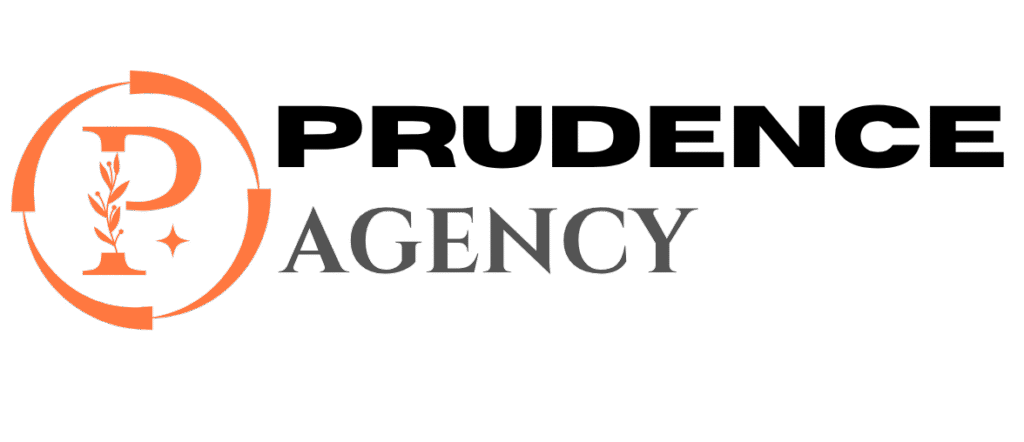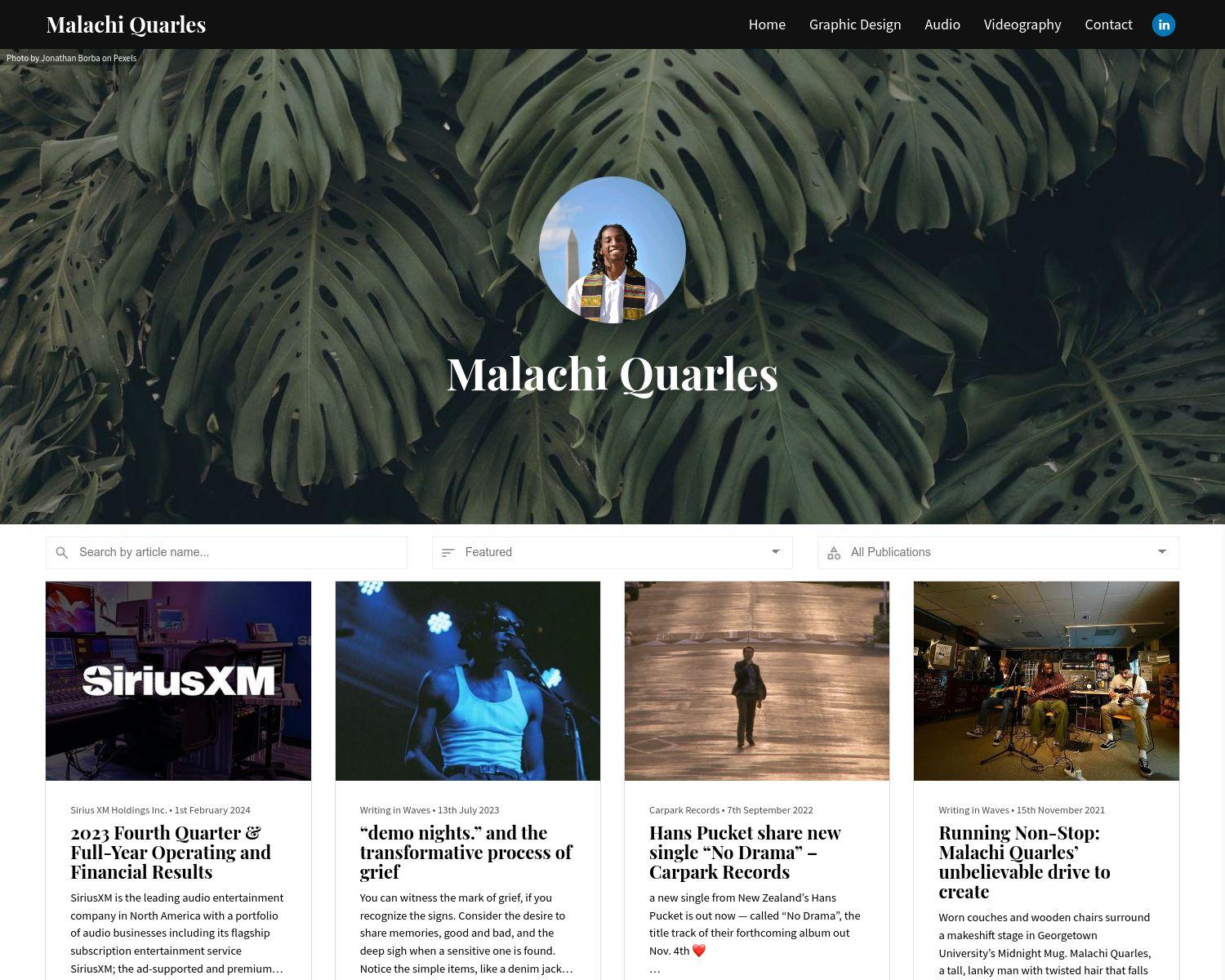Making a Portfolio as a Video Editor: The Ultimate Guide to Showcase Your Skills
If you’re a video editor looking to build your career or attract new clients, having a well-crafted portfolio is essential. A video editor’s portfolio is more than just a compilation of clips – it’s your professional presentation, your story, and your proof of expertise. In this comprehensive guide, we’ll walk you through how to create a portfolio that truly captures your talent, appeals to potential employers or clients, and ranks well in search engines.
Why a Video Editor Portfolio is Crucial
In today’s competitive video production market, employers and clients want to see your skills in action before hiring you. A curated portfolio helps:
- Showcase your versatility: Demonstrate your ability to edit different video styles like promos, documentaries, music videos, and more.
- Build credibility: Including client testimonials and project successes adds trust.
- Improve job prospects: Many recruiters prefer portfolios over resumes for creative roles.
- Boost SEO visibility: A well-structured and keyword-optimized portfolio site ranks higher, making you easier to find online.
Essential Elements of a Video Editor Portfolio
To make an impact, your portfolio should include several key components that effectively highlight your skills:
- Showreel: A 1-3 minute highlight reel showcasing your best editing work.
- Project Case Studies: Detailed breakdowns of individual projects explaining your role, challenges, and solutions.
- Client Testimonials: Positive feedback from clients or collaborators demonstrates trustworthiness and professionalism.
- Contact Information: Make it easy for potential employers or clients to reach you.
- About Me Section: A brief bio explaining your background, skills, and style.
- Technical Skills: List software like Adobe Premiere Pro, Final Cut Pro, After Effects, DaVinci Resolve, etc.
Step-by-Step Guide to Creating Your Video Editing Portfolio
1. Collect Your Best Work
Start by gathering your top video editing projects. Quality beats quantity, so choose pieces that highlight your creativity, technical skill, and range.
2. Create a Compelling Showreel
Your showreel is often the first thing viewers watch – keep it concise, engaging, and visually impressive. Use dynamic pacing, smooth transitions, and highlight different genres if possible.
3. Showcase Case Studies with Context
For each project, include a brief case study outlining:
- Client or purpose of the project
- Your specific role and contributions
- Techniques or software used
- Any challenges and how you overcame them
4. Optimize for SEO
Incorporate relevant keywords naturally in titles, descriptions, and throughout your portfolio content. Examples of keywords to include:
- Video editor portfolio
- Video editing samples
- Freelance video editor
- Professional video editing services
Use descriptive alt tags for thumbnails and video content, and optimize page load speed for better rankings.
5. Select the Right Platform
Common platforms for video editor portfolios include:
- Personal website: Full control with WordPress, Wix, Squarespace
- Video platforms: Vimeo, YouTube for embedding showreels
- Portfolio marketplaces: Behance, Dribbble
Choosing a custom domain name reflecting your name or brand adds professionalism.
Benefits of an SEO-Optimized Video Editor Portfolio
| Benefit | Description |
|---|---|
| Higher Search Rankings | Your portfolio appears higher on Google, attracting more visitors. |
| Targeted Traffic | Keywords bring viewers specifically interested in video editing services. |
| Increased Inquiries | More site visits lead to more job opportunities and client requests. |
| Brand Authority | An authoritative and professional site builds trust with visitors. |
Practical Tips for Building an Engaging Video Editor Portfolio
- Keep your portfolio updated: Regularly add new projects to show your current skills and trends.
- Use eye-catching thumbnails: Visual appeal encourages visitors to watch your work.
- Include variety: Show different styles like corporate, cinematic, and social media edits to appeal to a broad audience.
- Make navigation easy: Clear menus and sections help visitors find content quickly.
- Leverage social proof: Add social media links, industry affiliations, and client logos.
Firsthand Experience: What Worked for Me
When I started as a freelance video editor, my portfolio was just a simple Vimeo link. However, once I created a dedicated website with an SEO-friendly structure, including a showreel, detailed case studies, and blog posts about video editing tips, I noticed a dramatic increase in client inquiries – many of whom found me directly through Google. This reinforced how crucial a well-optimized and comprehensive portfolio is in building a successful video editing career.
Conclusion: Craft Your Video Editing Portfolio with Intention
Building a standout portfolio as a video editor is a strategic process that combines showcasing your best work with smart SEO techniques. By thoughtfully presenting your skills and projects – and optimizing your portfolio for search engines – you place yourself front and center for potential clients and employers. Remember, your portfolio is not just a digital resume; it’s a reflection of your creativity, professionalism, and passion for video editing. Invest the time to make it authentic, engaging, and discoverable, and watch your career opportunities grow.
Ready to start making your own professional video editor portfolio? Begin by gathering your top projects and choose a platform that gives you full creative freedom. Good luck!











